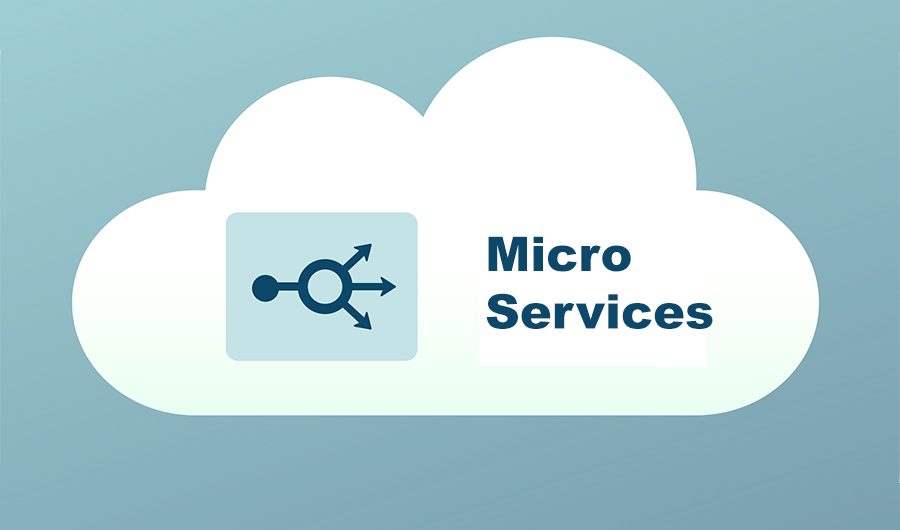
What Is Microservices Architecture As Per DevOps Online Course?
These days, the development of software is becoming more complicated as the features and functionalities of an application are constantly being expanded to be able to respond to the needs of the growing consumer. In recent years, this line of thought has gained immeasurable hype, especially among DevOps pioneers who are leading the revolution of delivering agility, scalability, and, of course, resilience. Microservices architecture promotes the cloud-native application development process in a way that can implement the concepts of containerization and automated scaling. Cloud companies such as AWS, Azure, and Google Cloud offer services like tools and DevOps online courses that you use to get the microservice application built.
What Are Microservices?
Microservices are small, independent, and self-containing services that make up a larger application and can be deployed individually. Microservices differ from monolithic architectures in the way they are built. There, the application as a whole is constructed as one whole unity, whereas microservices are designed to act as a modular and loosely coupled entity.
What are the characteristics of microservices?
If you like to know about the features of the microservices, here is it for you. Microservices have two characteristics in it. The characteristics of microservices are autonomous and specialized. Autonomous is nothing but module assistance in a microservices structural format that can be created, deployed, managed, and mounted without concerning the performance of other assistance.
Services do not need to divide any of their code or performance, and the contact between any of the individuals happens via well-defined APIs. Specialized is the characteristic of microservices where each assistance is premeditated for a set of capabilities and primarily focused on solving the precise issue. If developers add more code to a service over time and the service becomes multifaceted, then it can be broken down into smaller assistances.
Excellent benefits of microservices:
Here are some of the benefits of getting the microservices, and they are provided for you in the below topics. Some of the advantages of microservices are:
Agility:
Microservices are helpful in promoting an organization of small, self-governing teams that take possession of their services. The teams also do something within a small and well-understood context and are empowered to work independently and quickly. This is the reason that shortens expansion cycle times and you can benefit drastically from the comprehensive throughput of the organization.
Flexible scaling:
Microservices also permit assistance to be climbed in an independent way to meet the demand for the application component it sustains. It also enables growth to the right side of infrastructure needs, measuring the cost of the feature accurately and maintaining the availability of a service experiences a spike in stipulation.
Easy deployment:
Microservices also help facilitate the constant mixing and delivery to make it a simple way to try out new ideas. Then, they also roll back if something does not work, and the low cost of failure enables experimentation, which makes it simple to update code and accelerates time to market for a few features.
Technological Freedom:
It is the next benefit of the microservices where the architecture only follows a one-size-fits-all approach. Teams have great freedom to select excellent tools to solve their specific problems. The teams are building microservices that can select the awesome tool for each job.
Challenges Of Microservices
Increased Complexity: Dealing with many services independently, their connections, and dependencies are more complex than replacing everything with one large monolithic application.
Distributed System Challenges: Microservices bring with them the usual challenges of distributed systems, for example, distributed network latency, data consistency issues, and service discovery.
Operational Overhead: Multiple services increase the operational cost, which will not only lead to an implementation and monitoring burden but also to maintenance difficulty.
Testing and Debugging: Testing and debugging is an entire distributed application composed of many different microservices that can be more challenging than a monolithic application.
Microservices And DevOps
The technology of microservices and the methodology of DevOps directly coincide with each other. Adopting the DevOps fundamental constructs, i.e., continuous integration, continuous deployment, and automation, is indispensable in maintaining and managing microservices-based applications. Handling the overall system data migration in a microservices structure may be challenging stuff due to the distributed nature of a system. Approaches such as database per service, event-driven architecture, and API gateways, among others, can be employed to handle data management efficiently.
Monitoring And Observability
This architecture relies on multiple services being independent, so this creates the necessity for monitoring and traceability. The system’s health and smooth performance can only be ensured by using trace utilities, along with the logs, metrics, and so forth.
Evolving Towards Microservices
The Extraction of monolithic architecture to microservices can be a process that is a gradual one instead. The constriction pattern, together with the anti-corruption layer, is examples of the techniques that can be applied to step-by-step transform the current applications to the microservices architecture.
Conclusion:
Microservices architecture has undone engineering as it is done with building and distributing software applications. Through microservices splitting up the monolithic apps into many microservices that work independently of others, there is an increase and easier scalability in DevOps engineer salary, agility, fault isolation, and technological flexibility.






